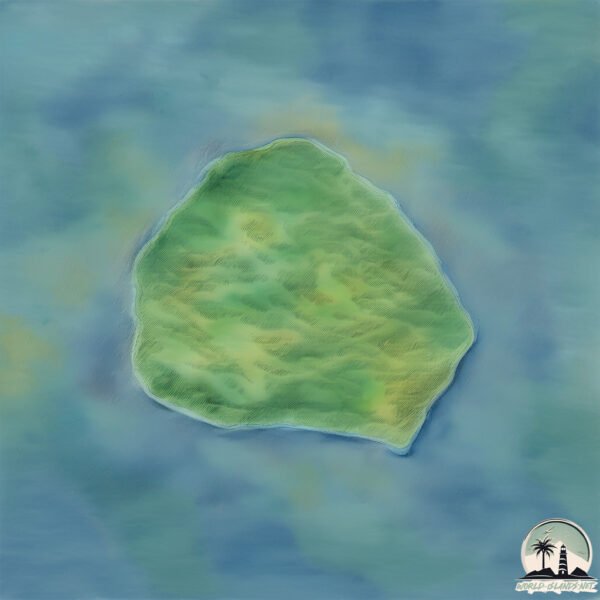Mikura-jima

Welcome to Mikura-jima, a Temperate island in the Philippine Sea, part of the majestic Pacific Ocean. This guide offers a comprehensive overview of what makes Mikura-jima unique – from its geography and climate to its population, infrastructure, and beyond. Dive into the details:
- Geography and Size: Explore the island’s size and location.
- Climate and Weather: Weather patterns and temperature.
- Topography and Nature: Uncover the natural wonders of the island.
- Infrastructure and Travelling: Insights on reaching, staying, and making the most of your visit.
- News and Headlines: Latest News.
Geography and size of Mikura-jima
Size: 20.1 km²
Coastline: 20.7 km
Ocean: Pacific Ocean
Sea: Philippine Sea
Continent: Asia
Mikura-jima is a Medium Island spanning 20 km² with a coastline of 21 km.
Archipel: Nanpō Islands – An extension of the Japanese archipelago into the Pacific Ocean, known for their scenic beauty and diverse marine life.
Tectonic Plate: Amur – A minor tectonic plate in the region of the Amur River at the border of Russia and China, involved in complex interactions with the Pacific and Eurasian plates.
The geographic heart of the island is pinpointed at these coordinates:
Latitude: 33.87430973 / Longitude: 139.60334384
Climate and weather of Mikura-jima
Climate Zone: Temperate
Climate Details: Humid Subtropical Climate
Temperature: Hot Summer
Climate Characteristics: With continuous rainfall and hot summers, this climate is common in some coastal regions, supporting diverse vegetation.
Topography and nature of Mikura-jima
Timezone: UTC+09:00
Timezone places: Asia/Tokyo
Max. Elevation: 725 m
Mean Elevation: 386 m
Vegetation: Evergreen Broadleaf Forest
Tree Coverage: 81%
The mean elevation is 386 m. The highest elevation on the island reaches approximately 725 meters above sea level. The island is characterized by Mountains: High, steeply elevated landforms. Characterized by both a high maximum elevation (over 500 meters) and a high mean elevation, creating rugged, mountainous terrains on islands.
Dominating Vegetation: Evergreen Broadleaf Forest
Characterized by dense, lush canopies of broadleaf trees that retain their leaves year-round. These forests are typically found in tropical and subtropical regions and are known for their high biodiversity. Mikura-jima has a tree cover of 81 %.
Vegetation: 6 vegetation zones – Very Highly Diverse Island
Islands in this range are ecological powerhouses, showcasing a wide array of vegetation zones. Each zone, from lush rainforests to arid scrublands, coastal mangroves to mountainous regions, contributes to a complex and interdependent ecosystem. These islands are often hotspots of biodiversity, supporting numerous species and intricate ecological processes.
Infrastructure and Travelling to Mikura-jima
Does the island have a public airport? no.
There is no public and scheduled airport on Mikura-jima. The nearest airport is Miyakejima Airport, located 20 km away.
Does the island have a major port? no.
There are no major ports on Mikura-jima. The closest major port is SHIMODA KO, approximately 111 km away.
The mean population of Mikura-jima is 18 per km². Mikura-jima is Gently Populated. The island belongs to Japan.
Continuing your journey, Miyake Jima is the next notable island, situated merely km away.
Japan is classified as Developed region: G7: Group of Seven – Major advanced economies, including Canada, France, Germany, Italy, Japan, the United Kingdom, and the United States. The level of income is High income: OECD.
News – Latest Updates and Headlines from Mikura-jima
Stay informed with the most recent news and important headlines from Mikura-jima. Here’s a roundup of the latest developments.
Please note: The data used here has been primarily extracted from satellite readings. Deviations from exact values may occur, particularly regarding the height of elevations and population density. Land area and coastline measurements refer to average values at mean high tide.
